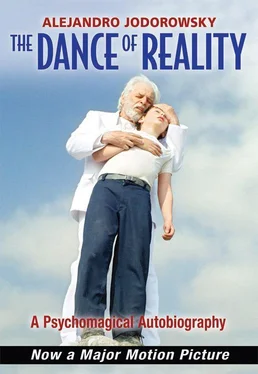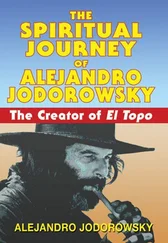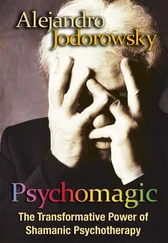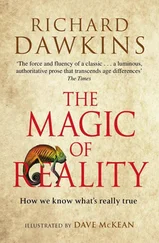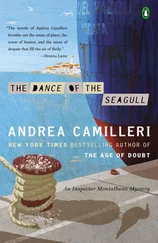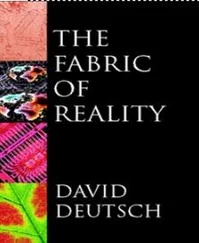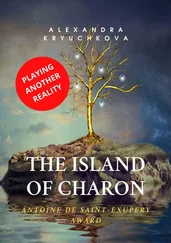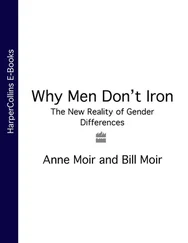The tree, with all its limbs, behaves as an individual, a living being. I dubbed the study of its problems “psychogenealogy” (just as I called the study of the Tarot “tarology”; years later, “tarologists” and “psychogenealogists” became abundant). Some therapists who have conducted studies in genealogy have wanted to reduce it to mathematical formulas, but the tree cannot be contained in a rational cage; the subconscious is not scientific, it is artistic. The study of families must be performed in a different way. A geometric body, with the relationships between its parts completely known, cannot be modified. In an organic body whose relationships are mysterious, you can add or remove a part, but in its essence it will still be what it is. The internal relationships of the family tree are mysterious. To understand them it is necessary to enter the tree as if in a dream, so it should not be interpreted, it should be experienced.
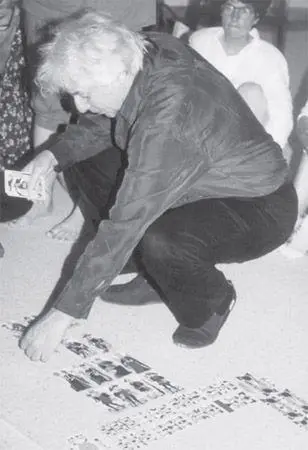
In a seminar in France, working with the minor arcana of the Tarot.
The patient must make peace with her subconscious, not becoming independent of it but making it an ally. If we learn its language, we can put it to work for us. If the family within us, rooted in childhood memory, is the basis of our subconscious, then we must develop each relative as an archetype. We must ascribe our level of consciousness to it, exalt it, imagine it reaching its highest potential. Everything we give it, we are giving to ourselves. When we deny it, we deny ourselves. As for toxic people, we should transform them by saying, “This is what they did to me, this is what I felt, this is what the abuse causes in me today, this is the reparation I desire.” Then, still within ourselves, we must bring all the relatives and ancestors to their fulfillment. A Zen master once said, “Buddha nature is also in a dog.” This means that we must imagine the perfection of every person in our family. Does someone have a heart full of bitterness, a brain clouded by prejudice, deviant sexuality due to moral abuses? Like a shepherd with his sheep we must guide them to the good path, cleansing them of their poisonous needs, desires, emotions, and thoughts. A tree is judged by its fruits, so if the fruit is bitter the tree it came from, even if it is majestic, is considered bad. If the fruit is sweet, the crooked tree it comes from is considered good. Our family — past, present, and future — is the tree. We are the fruit that gives it its value.
As my clients increased in number, on some weekends I had to receive them in groups. To heal a family, I organized a dramatization of it. The person whose family was being studied would choose from among the participants, picking those who would represent her parents, grandparents, uncles, aunts, brothers, and sisters. Then she would situate them, standing, seated on chairs, or lying down (for the chronically ill or dead), at various distances from each other, according to the logic of her family tree. Who was the hero of the family, the most powerful person? Which people were absent or despised? Which people were joined together and by what sort of ties? And so forth. Then the patient would situate herself. Where? At the center, on the edge, or removed from all of them? How did she feel there? Then, she had to confront each “actor.” Representing the family in this way, as a living sculpture, the seeker discovers that the people she has “randomly” chosen correspond in many aspects to the real people in her family and have important things to say to her. This produces a conversation that generally ends in intense embraces and tears.
These exercises leave us convinced that, having become conscious of these unhealthy relationships, we are now cured. However, once we return from the therapeutic situation into the real world, the painful symptoms are still there as always. Merely identifying a difficulty is not enough to overcome it! A gain in awareness, a theatrical confrontation, and an imagined forgiving end up being fruitless when not followed up by action in daily life. I concluded that I should induce people to act in the midst of what they conceived as their reality. But I was reluctant to do so. What right did I have to intrude in the lives of others, exerting an influence that could easily degenerate into a power grab, establishing dependencies? I was in a difficult position, considering that the people who came to see me were, in a way, asking me to become their father, mother, son, husband, wife. I decided to induce them to act in order for the gaining of consciousness to be effective. I did not call these people my patients, but my clients. I prescribed very specific actions, without assuming responsibility or taking on the role of their guide over their entire lives. Thus was born the psychomagical act, combining all the influences I had assimilated during the years described in the preceding chapters.
First, the person would agree to carry out the act exactly as I prescribed it, without one iota of change. To prevent distortions due to failures of memory, the client had to immediately write down the procedure to follow. Once the act was carried out they were to send me a letter that first described the instructions received, then related in full detail the way in which the act was carried out as well as the circumstances and incidents that occurred in the process. Lastly, the results should be described. Some people waited a year to send me the letter. Others argued, not wanting to do exactly what I recommended, bargaining and finding all manner of excuses to avoid following the instructions precisely.
As I observed with Pachita, when you change something, however minimally, and do not respect the indispensable conditions for the achievement of the act, the effects will be null or negative. Indeed, most of the problems we have, we want to have. We are attached to our problems. They form our identity. We define ourselves through them. It is no wonder, then, that some people try to distort the act and try to devise ways to sabotage it: getting free of problems involves radically changing our relationship with ourselves and with the past. People want to stop suffering, but are not willing to pay the price — namely, to change, to not keep living as a function of their beloved problems. For all these reasons, the responsibility of prescribing an act that must be carried out to the letter was immense. In the moment of prescribing it I had to cease identifying with myself so that I could go into a kind of trance, stop talking with my subconscious, and connect directly with the subconscious of my client. I concentrated on the mere act of giving, alleviating pain, prescribing actions that were similar to lucid dreams, without worrying about the personal benefit that would accrue to me. In order to be in a condition to heal someone, you must not expect anything from that person; you must enter all the aspects of his or her inner self without becoming involved or destabilized.
In The Book of Five Rings the swordsman Miyamoto Musashi recommends going to the ring early, before a fight, and acquiring a perfect knowledge of it. Likewise, familiarity with the client’s psychoaffective terrain seemed to me a fundamental requirement for the recommendation of any act, so before anything else I would ask them to tell me about their problem in as much detail as possible. Rather than trying to guess what the Tarot might be hiding from me, I would put the person through an intense interrogation. I would ask about his or her birth, parents, uncles and aunts, grandparents, siblings, sex life, relationship with money, social complexes, beliefs, love life, health, guilty feelings. (Often enough, this resembles a church confession.) Terrible secrets would emerge. One man confessed to me that as a child, at the end of the school year, he had waited on top of a wall for a hated teacher to pass and had thrown a large stone at his head. He thought that the teacher had died, but fled without checking. For thirty years, he felt like a murderer. Another time I met with a Belgian father. I perceived that he was gay. “Yes,” he confessed, “and I do it with ten men a day, in the saunas, every time I come to Paris. Do you know what my problem is? I’d like to do it with fourteen of them, like a friend of mine does!” From people who seemed normal, I heard the darkest and most outlandish secrets. One woman confessed to me that the father of her daughter was none other than her own father; a Swiss teenager, seduced by his mother, told me all the details. What most disturbed him was her jealousy, because she would not let him have any girlfriends. Because they did not perceive any criticism in me, people vented with confidence. If the therapist judges in the name of some morality, he does not cure. The attitude of the confessor must be amoral. Otherwise, the secrets never come to light. I am reminded of a Buddhist story.
Читать дальше
